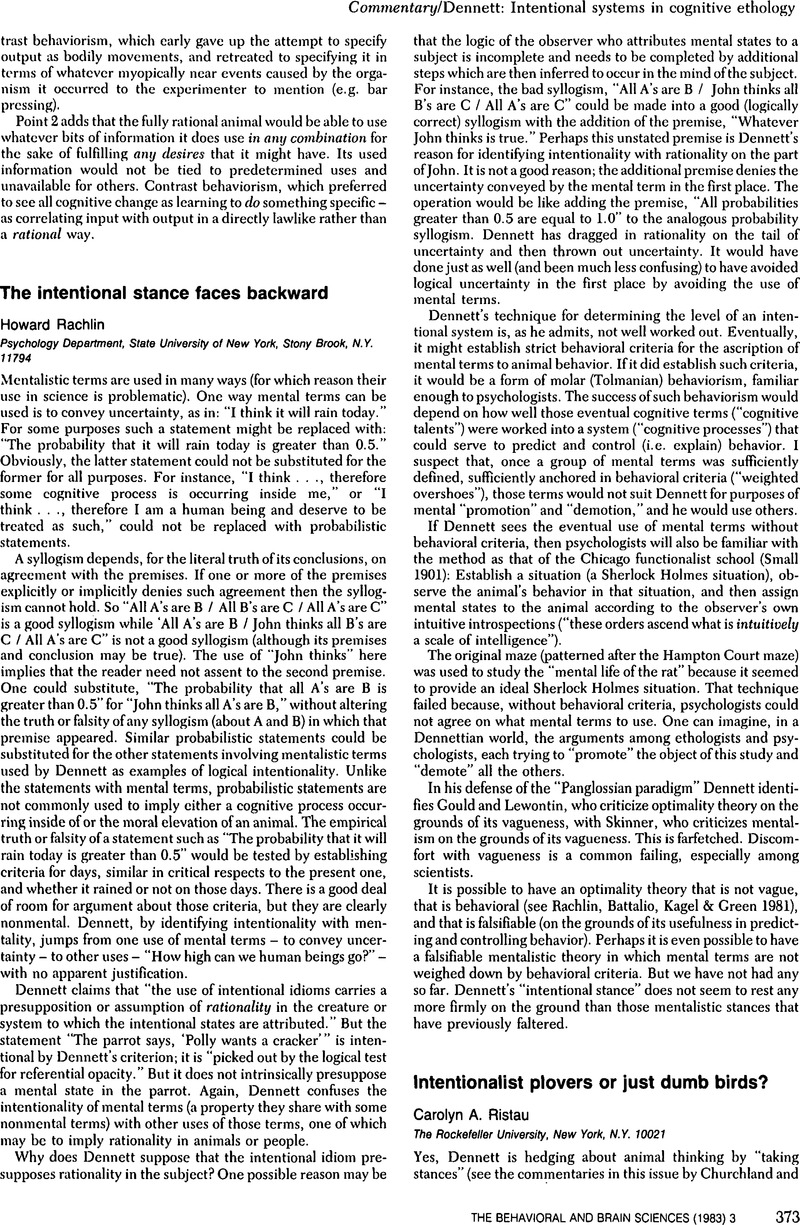Crossref Citations
This article has been cited by the following publications. This list is generated based on data provided by Crossref.
Byrkjedal, Ingvar
1991.
The Role of Drive Conflicts as a Mechanism for Nest‐protection Behaviour in the Shorebird Pluvialis dominica.
Ethology,
Vol. 87,
Issue. 1-2,
p.
149.
Evans, Christopher S.
1997.
Communication.
Vol. 12,
Issue. ,
p.
99.
Marzluff, John M.
Walls, Jeff
Cornell, Heather N.
Withey, John C.
and
Craig, David P.
2010.
Lasting recognition of threatening people by wild American crows.
Animal Behaviour,
Vol. 79,
Issue. 3,
p.
699.



